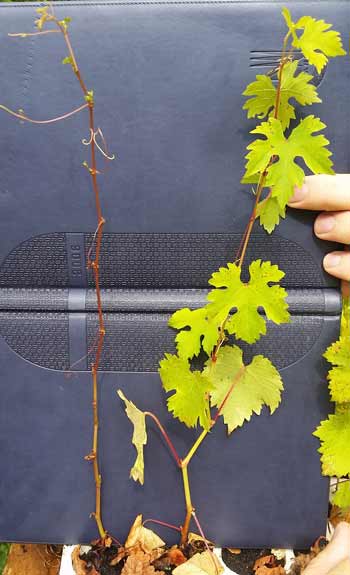Phenotyping

Plant phenotyping presents one of the most important bottlenecks in plant science and plant breeding, and their further progress demands interdisciplinary approach and integration of transdisciplinary activities from different fields such as plant physiology, sensorics and bioinformatics. Realized progress in high-throughput and high-defining plant genotyping provides the genomic information in very short time and at reasonable costs, which at the end enables development of a larger number of mapping populations and inbred lines for phenotyping. However, our understanding of the relationship between genotype and phenotype progresses very slowly due to limitations that exist in plant phenotyping thus decreasing our capabilities in dissecting heritability and genetic architecture of quantitative traits.
It is well-known fact that soil heterogeneity and our inability to control climatic factors makes difficult to interpret the experimental results. Moreover, information acquired from controlled environments is not readily comparable with those from field. Thus, it would not be possible without efficient platforms and methods for fast, high-throughput, simple and cheap phenotyping neither better biological understanding of the links between genotype and phenotype nor further increase of rate of genetic gain in plant breeding.
We can expect that further improvements in phenotyping and good laboratory practice will be directed toward increase in precision and pyramiding the information from all levels (different traits measured at different time and variable space, environmental and genomic information). Besides the use of different devices for phenotyping different key traits and designs of experiments with the purpose of controlling soil heterogeneity it is necessary to have the adequate integration of different types of data and their simple, quick and robust statistical analysis.
Major objectives of the activities that will be carried out are the following:
1. Identify and analyse key traits of eight model plant species through field experiments and laboratory analysis,
2. Optimize protocols from phenotyping procedures and good laboratory practice to experimental designs including interpretation of results,
3. Establish links with key institutions from EU possessing infrastructure for a high-throughput phenotyping (HTP) platforms, and
4. Compare results from the experiments from high-throughput phenotyping (HTP) controlled environments with those from field experiments with the purpose of evaluating the genotype (G), the environment (E) and their interaction (G×E) effects.






